Beetroot Bulls Blood
$4.95
Beta Vulgaris
- Seed Count 175
- Use For Leaf and Root
- Annual
In stock
Description
Beetroot Bulls Blood is a heat tolerant summer variety which holds its magnificent red colour in high temperatures.
This dual purpose variety can be harvested at any stage of growth, use the leaves in salads or steamed like spinach, or the roots can be left to grow like any other beetroot.
The leaves are broader than other beetroot varieties and they can be harvested for baby leaf salads in as little as 35 days.
Left to mature they have a particularly sweet taste when cooked, while the medium-sized spherical roots are tender and have a great flavour especially when young.
Very easy to grow, for very little effort, you can be rewarded with a delightful and delicious addition to any meal. Home grown beets, leaf or root are like nothing you will find in the supermarket produce aisle.
Bull’s Blood also makes a striking ornamental plant, it is fully deserving of a place in borders and in beds and makes a dramatic foil to pale coloured flowers.
It can be scattered among perennials, grasses and other contrasting foliage and can be sown as a annual with other plantings.
Bull’s Blood are also sold under the name ‘Ornamental Beets’, they make a very nice dot plant, and if you get fed up with them, you can always eat them.
| Method: Sow direct | Soil Temp: 7°C - 25°C |
| Cool Mountain: Sep - Apr | Position: Full sun |
| Arid: Feb - Dec | Harvest: 55 Days |
| Temperate: Jul - Apr | Row Spacing: 10cm |
| Sub Tropical: Jan - Dec | Planting Depth: 10 mm |
| Tropical: Mar - Jun | Plant Height: 13cm |
🌱 Beetroot Grow Guide
From seed to table—and back to seed again.
Beetroot (Beta vulgaris) is one of those satisfying crops that doesn’t ask for much but gives plenty. Whether you love it roasted, pickled, grated raw into salads, or even juiced, it’s a versatile veggie that deserves a spot in every home garden.
This guide walks you through how to sow beetroot from seed, the differences between tray-sown and direct-sown methods, smart companion planting ideas, and how to save seeds so you can keep growing your favourites year after year.
🗓️ When to Sow in Australia
Beetroot prefers cooler temperatures for germination and root development, but it doesn’t mind a bit of heat once it’s established. You can grow it in most parts of Australia nearly year-round.
- Temperate & Mediterranean zones (e.g. Sydney, Perth, Adelaide): July to April
- Cool zones (e.g. Tasmania, Canberra, Blue Mountains): September to April
- Arid Zones (e.g. Alice Springs, Mildura): February to December
- Subtropical Zones (e.g. Brisbane, Geraldton): Jan to December
- Tropical zones (e.g. Cairns, Darwin): April to August (during the dry/cool season)
🏡 Growing From Seed: Trays vs Direct Sowing
🪴 Sowing in Trays
Pros:
- Better control over moisture and temperature during germination
- Less risk of seed loss from slugs or heavy rain
- Easier to keep track of varieties
How-To:
- Use punnets or seedling trays with good drainage.
- Fill with seed-raising mix.
- Sow each seed cluster (they’re actually a dried fruit containing 2–5 seeds!) about 1–2 cm deep.
- Keep moist but not soggy.
- Germination usually takes 5–10 days.
- Harden off seedlings before transplanting when they have 2–4 true leaves (about 3–4 weeks old).
Tips:
- Thin to the strongest seedling before transplanting.
- Beets don’t love root disturbance, so be gentle.
🌱 Direct Sowing
Pros:
- Less transplant shock
- Faster growing once established
- Less time spent potting up or pricking out
How-To:
- Sow direct into well-prepared, friable soil rich in organic matter.
- Space seeds (clusters) 10 cm apart in rows 25–30 cm apart.
- Sow about 1–2 cm deep.
- Water gently but thoroughly.
- Once seedlings emerge, thin to 1 strong seedling per cluster.
Tips:
- Soak seeds in water overnight to soften the seed coat and improve germination.
- Keep soil moist until well established.
🌟 Which to choose?
If you’re sowing early in the season when soils are cool, trays give you a head start. But once the weather warms up, direct sowing is easier and often more successful.
🌿 Soil Preparation & Care
Beets like loose, well-drained soil with plenty of organic matter, but not too rich in nitrogen (or you’ll grow big leaves and small roots).
- pH: 6.0–7.5
- Don’t add fresh manure just before sowing, compost is better.
- Remove stones and clumps as the roots need room to grow smoothly.
🌧️ Watering:
Consistent moisture is key as dry spells can cause woody roots, while overwatering can cause splitting.
🧪 Fertilising:
A light application of seaweed tonic or balanced organic fertiliser every few weeks helps support steady growth.
🌼 Companion Planting for Beetroot
Beetroot plays well with many garden friends, and a few foes to avoid too.
✅ Good Companions:
- Onions, garlic & leeks: Help deter pests
- Lettuce & leafy greens: Shallow roots don’t compete much
- Cabbage family (broccoli, kale): Grow well alongside beets
- Herbs like dill & mint: Attract beneficial insects
🚫 Avoid Planting With:
- Runner beans or climbing beans: They can stunt beetroot growth
- Field mustard or brassicas: May host similar pests
🌼 Bonus tip: Beet leaves are edible too—use young leaves in salads and larger ones steamed or sautéed. Don’t waste a thing!
✂️ Thinning & Harvesting
Beetroot seeds often produce multiple seedlings per cluster. Once they’re a few centimetres tall, thin them to the strongest one every 10 cm. Don’t toss the thinnings—they’re tasty in salads!
⏳ Time to Harvest:
- Baby beets: 6 – 8 weeks
- Full size: 10 – 12 weeks
Harvest when roots are about the size of a golf ball to a tennis ball as older roots can get tough.
🧺 Saving Beetroot Seed
Saving beetroot seed is a bit more involved than with quick crops like lettuce or tomatoes, but it’s deeply rewarding.
❗Important:
Beetroot is biennial, meaning it produces seed in its second year. In frost-free areas, you can leave them in the ground. In cooler regions, lift and store them over winter.
🔁 How-To Save Seed:
1. Choose your best plants.
Look for healthy, true-to-type beets with good colour, shape, and no signs of disease. You’ll need at least 6 – 20 plants to ensure good genetic diversity.
2. Overwinter your plants.
- In warmer areas: Leave them in the ground.
- In cold zones: Dig up roots, cut back leaves to 5 cm, and store in sand or sawdust in a cool, dry spot. Replant in early spring.
3. Let them bolt.
In spring, beets will send up tall, branching flower stalks with small green flowers.
4. Pollination & Isolation
Beetroot is wind-pollinated and will cross with:
- Other beetroot varieties
- Silverbeet
- Sugar beet
- Swiss chard
To save pure beetroot seed, isolate different varieties by at least 1 – 2 km, or bag seed heads and hand-pollinate if growing more than one Beta vulgaris type.
5. Harvesting Seed
- Wait for the flower stalks to dry and turn brown.
- Shake or rub dry seed heads to release seeds (they’ll look like small knobbly clusters).
- Clean off chaff and store in a cool, dry, dark place.
- Label well! Seeds can remain viable for 4–5 years if stored correctly.
💡 Extra Tips & Troubleshooting
Common Pests & Problems:
- Leaf miners: Pick off affected leaves, encourage beneficial insects
- Aphids: Hose off or spray with neem oil
- Boron deficiency (causes black spots in roots): Treat with seaweed-based liquid fertiliser
Postage Charge
Orders under $30 attract a $4.95 shipping charge. Orders $30 and above have free shipping.
Order Times
Seed orders are normally dispatched within three business days. You will receive an email when seeds are mailed out.
Postage Days
Seeds are mailed out Monday to Friday at 1pm. Except for the Friday of long weekends.
Postage Times
WA 2-3 Days: SA,NT 3-5 Days: NSW, ACT, QLD, VIC: 5-7 Days
Carrier
We use Australia Post Letter Postage for the majority of orders
Not only are our seeds packed in recycled paper envelopes, we keep the theme going when we post out website orders. To protect your seeds from moisture and the letter box munchers (snails), we use a very special plastic free material made from plants. They are then put into recycled mailing envelopes. Green all the way 💚🌿


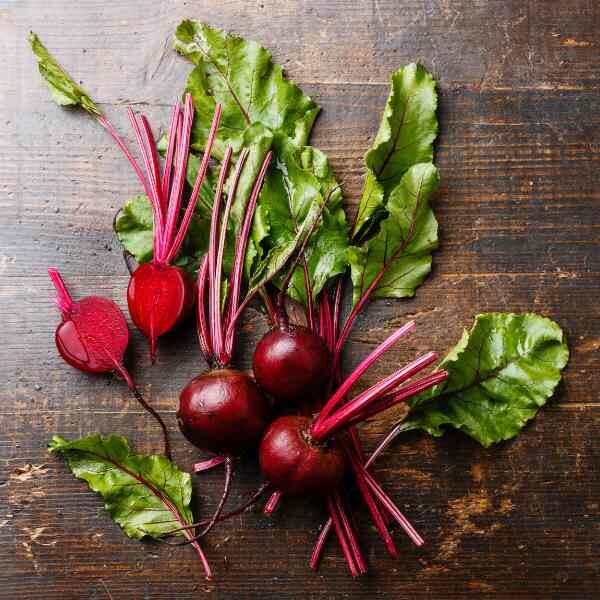

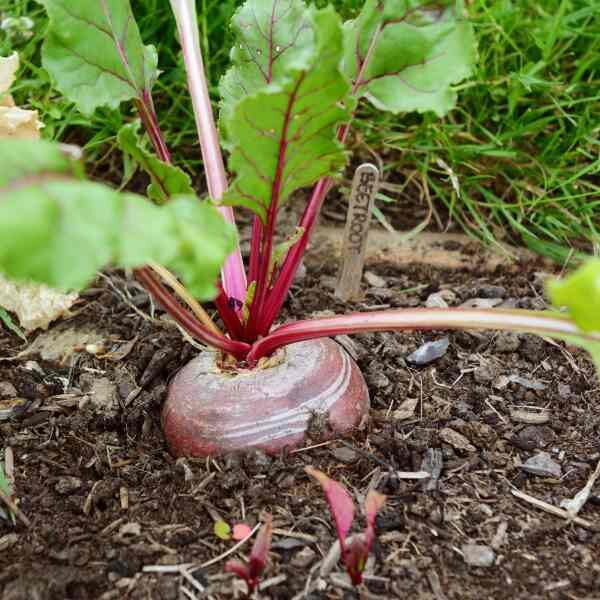
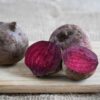


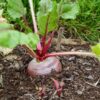
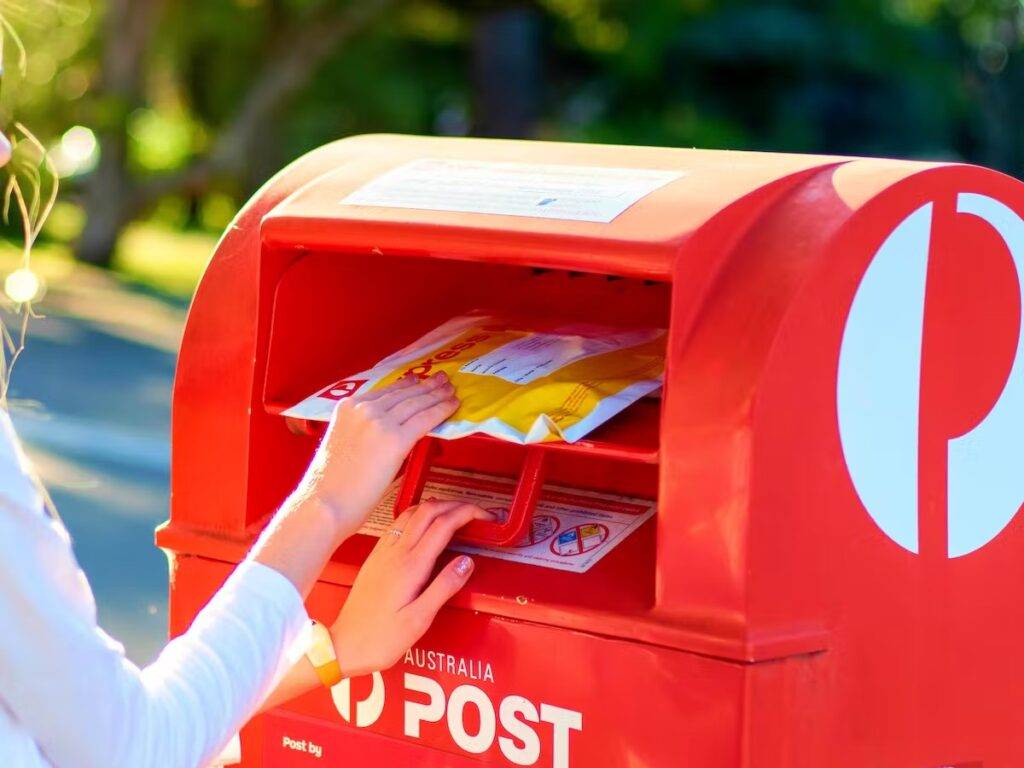
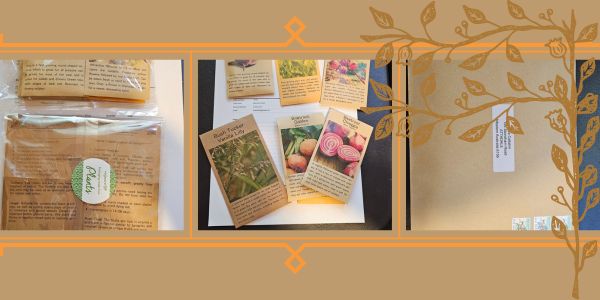
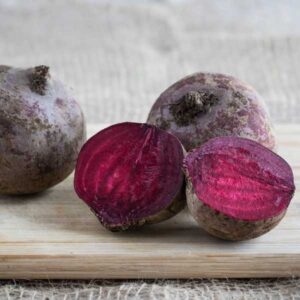
2 reviews for Beetroot Bulls Blood